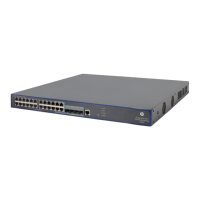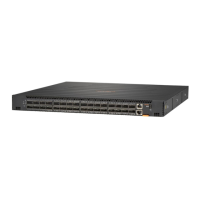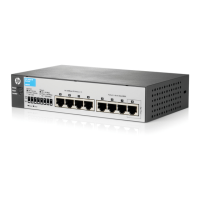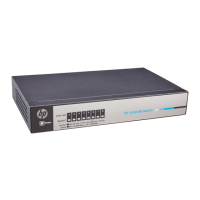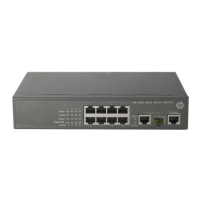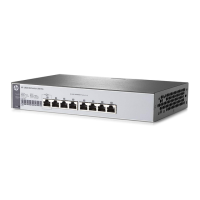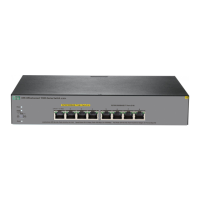tion
VLAN
Service VLAN
Define a rule to match service VLAN IDs.
If multiple rules are configured for a class, the new configuration does not
overwrite the previous.
You can configure multiple VLAN IDs at a time. If the same VLAN ID is specified
multiple times, the system considers them as a single value. The relationship
between different VLAN IDs is logical OR. You can specify VLAN IDs by using
one of the following methods:
• Enter a range of VLAN IDs, such as 10-500. The number of VLAN IDs in the
range is not limited.
• Specify a combination of individual VLAN IDs and VLAN ID ranges, such as
3, 5-7, 10. You can specify up to eight VLAN IDs.
Customer VLAN
Define a rule to match customer VLAN IDs.
If multiple rules are configured for a class, the new configuration does not
overwrite the previous.
You can configure multiple VLAN IDs at a time. If the same VLAN ID is specified
multiple times, the system considers them as a single value. The relationship
between different VLAN IDs is logical OR. You can specify VLAN IDs by using
one of the following methods:
• Enter a range of VLAN IDs, such as 10-500. The number of VLAN IDs in the
range is not limited.
• Specify a combination of individual VLAN IDs and VLAN ID ranges, such as
3, 5-7, 10. You can specify up to eight VLAN IDs.
ACL
ACL IPv4 Define an IPv4 ACL-based rule.
ACL IPv6 Define an IPv6 ACL-based rule.
Adding a traffic behavior
1. Select QoS > Behavior from the navigation tree.
2. Click the Create tab to enter the page for adding a traffic behavior.
Figure 488 Adding a traffic behavior
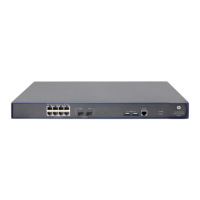
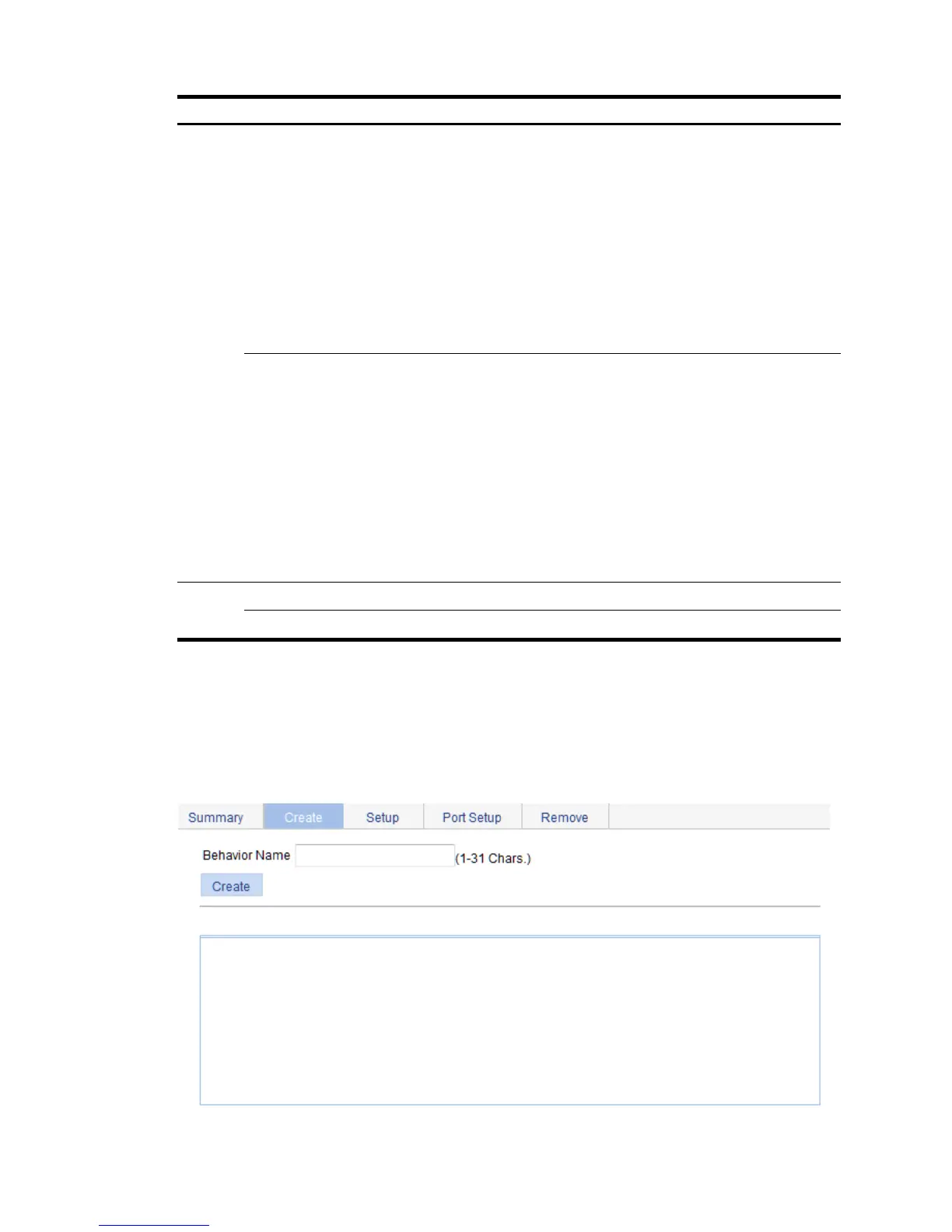